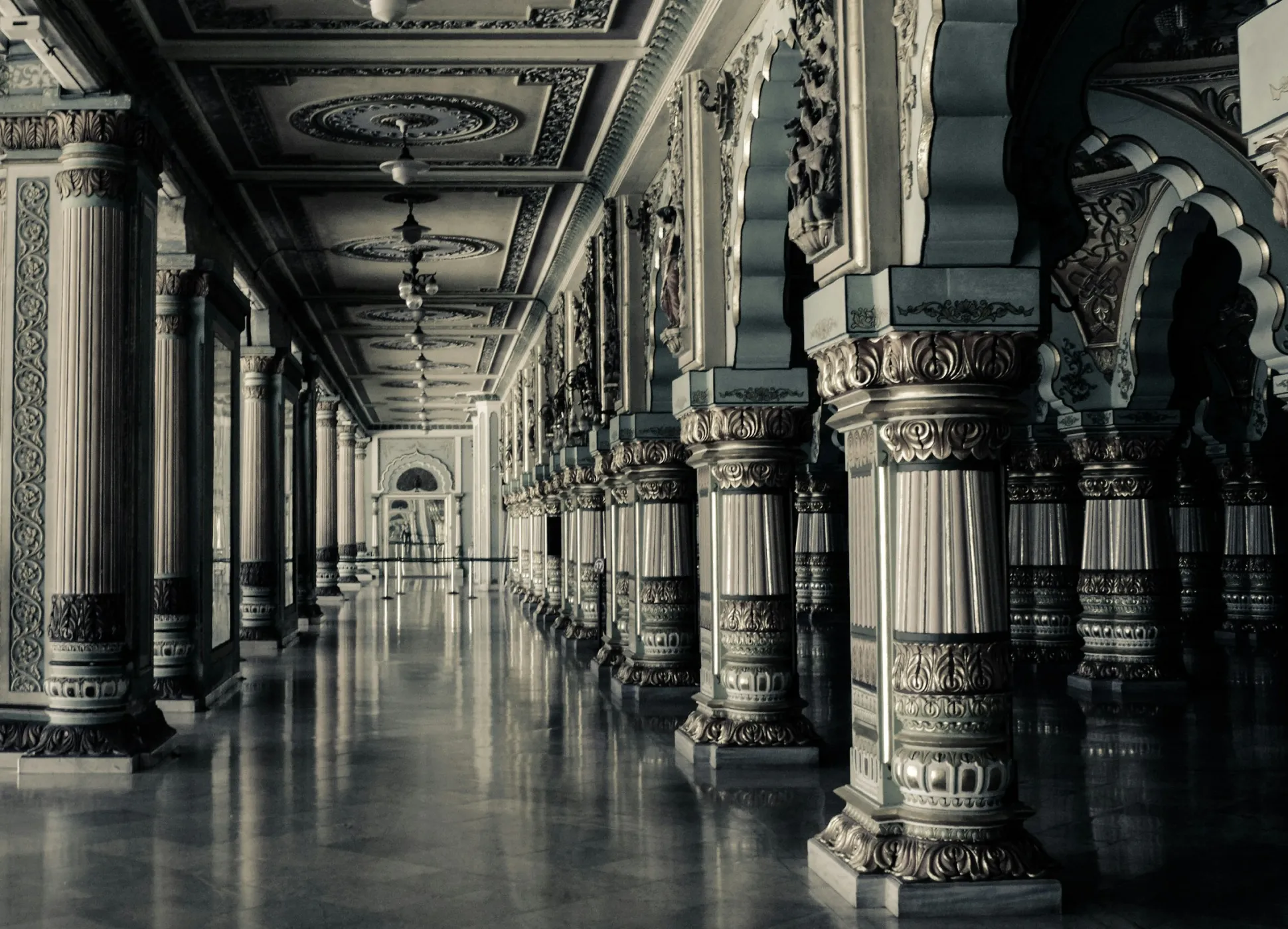Renaissance, Baroque, Classical, Gothic.
We’re all very familiar with these styles of European architecture.
But do you know who the first American-born professional architect was?
Charles Bulfinch

Early Life
He was born on August 8, 1763, in Boston, Massachusetts Bay Colony (pre-war Massachusetts), to prominent physician Thomas Bulfinch and Susan Apthorp, the daughter of wealthy merchant Charles Apthorp.
Interesting fact: When Charles was 12, he watched the Battle of Bunker Hill, a prominent battle during the American War of Independence, from his home on the Boston side of the Charles River.

Bulfinch’s first education came from Boston Latin School (established in 1635, it continues to be the oldest operating public school in the United States). Boston Latin School produced other notable alumni, such as founding fathers Benjamin Franklin and John Hancock (Franklin notoriously dropped out of the school).
Charles later attended Harvard University, graduating with a Master’s degree in 1784.
Grand Tour of Europe
Soon after graduating from Harvard, Bulfinch was encouraged to tour Europe and visit major architectural landmarks in England, France, and Italy.

During his stay, a myriad of styles and architects influenced him. Renaissance architect Andrea Palladio, whose work Villa Rotonda is pictured above, enormously inspired Bulfinch and other American architects of the era. The neoclassical buildings of the United Kingdom, particularly those of architects Christopher Wren and Robert Adam, profoundly affected his style.
Robert Adam’s unique interior design style would develop into the dominant post-Revolutionary War American style, dubbed the “Federal style.”
It was also during this time that Charles became acquainted with and mentored by Thomas Jefferson, the future president of the United States. Jefferson was also an architect who would later anonymously submit designs for the future Capitol building. After this European tour, he’d return home to marry his first cousin, Hannah, and become a promotor for the first American ship to circumnavigate the world before starting his architectural career in Boston.
Massachusetts State House

Bulfinch officially started his career with the design of the Hollis Street Church in Boston, but his first significant project was the planning and design of the Massachusetts State House, the commonwealth’s new capitol building.
The State House, one of the oldest state capitol buildings still in use, prominently features a rotunda and a wooden dome. The wooden dome, prone to leaking over the years, was successfully covered with copper sheets by renowned Revolutionary War hero Paul Revere and his copper company, Revere Copper Company.
Two famous London landmarks of the era inspired the original red-brick building’s design: Somerset House, designed by William Chambers, and James Wyatt’s Pantheon.
The Massachusetts State House was constructed on land originally owned by founding father John Hancock, the first governor of Massachusetts.
St. Stephen’s Church

St. Stephen’s Church is a red brick building like the Massachusetts State House in Boston. It replaced an original church located on the same grounds from 1714. To raise funds for construction, the community sold pews.
Bulfinch designed the church with almost perfectly square dimensions (70’ x 72’), featuring prominent white pilaster accents, a belfry, and a clock tower. Lumber from the previous church was used in its construction to save costs, as construction had ballooned to $26,570 by completion (an estimated $654,000 in 2024).
Cardinal Robert James Cushing led a restoration project to renovate the church in 1964, staying faithful to most of Bulfinch’s interior designs, such as replicating the original pulpits and pews.
Federal Architecture
I mentioned Federal architecture earlier, but what exactly is it?
Well, if you’re an American and you’ve been to any downtown section of an older city, you’ll notice they all have a similar look.

Plain surfaces, panels, smooth facades, and pilasters (rarely) are the defining characteristics of Federal Architecture. America’s first architects, particularly Bulfinch, took inspiration from ancient Roman architecture unearthed in places like Pompeii.
Roman influence wasn’t limited to architectural style. Rome’s republican values are a reference point from which the federal government has continued to operate for centuries while taking deliberate influence from ancient Greek democracies.
Federal architecture is philosophically Greco-Roman while conceptually modifying the Georgian style by using more symmetry and balance.
The Capitol Building
By the early 19th century, Bulfinch was the preeminent American architect. He designed many buildings and constructions around Boston and numerous state houses and was starting to gain national attention.
In 1818, President James Monroe appointed him the third Architect of the Capitol, a position he held for a decade.

Charles would be responsible for finishing the Capitol building. He would complete both wings, the central portion, the portico for the Western wing (a particular type of entrance, one of Palladio's signature touches), and the original wooden dome, which was replaced with a cast-iron dome after the Civil War.
He also designed the numerous gatehouses and gateposts around the Capitol building, which are registered as national landmarks. Construction on the Capitol would finish in the late 1820s, and Bulfinch would return to Boston in 1830 for the remainder of his life.
Summary
People don’t usually think of American architecture as having much impact outside of Art Deco. Still, America’s founding fathers and Revolutionary War figures deeply respected European architecture, both ancient and newer or contemporary.
They sought to import Georgian-style buildings and homes with more symmetry and simplicity. They wanted to imbue their buildings with the ideals and beliefs of democracy and republican values, similar to how the Ancient Greeks and Romans lived. Bulfinch took influence from his peers abroad in Scotland, England, and Italy and combined these beautiful ideas into something unique and attractive but very familiar.
Visit some original colonial states today, such as Massachusetts, Virginia, or New York, and see for yourself.
Thank you for reading.
